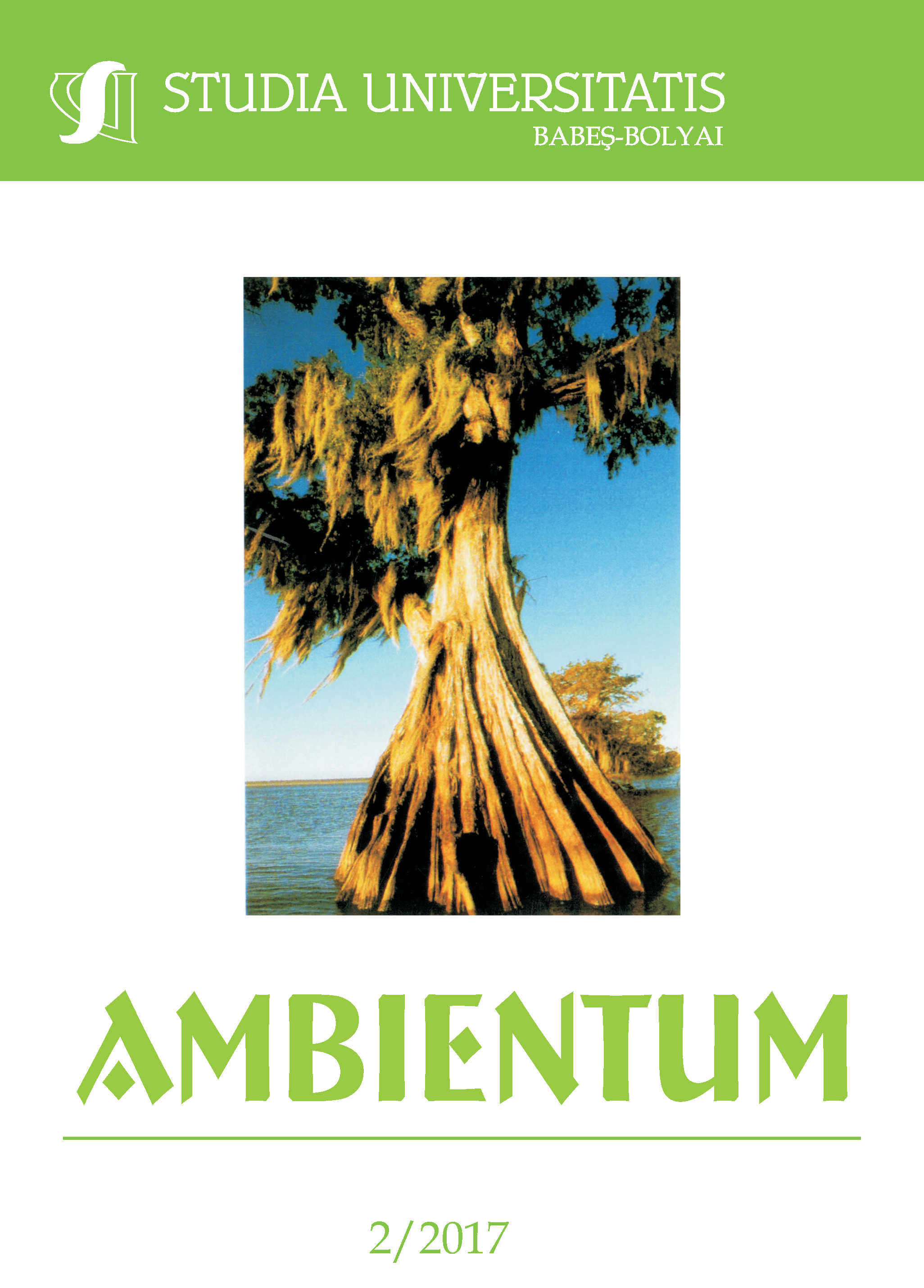COMPARATIVE STUDIES REGARDING THE USE OF RECYCLED PVC IN FINITE PRODUCTS
DOI:
https://doi.org/10.24193/subbambientum.2017.2.05Keywords:
recycled PVC, finite products.Abstract
The PVC wastes generated by post-industrial and post-consume activity creates serious problems regarding their wastes management. In the last years, the concept of reusing these wastes in other finite products became very attractive due to some advantages such as: eliminate the problems of their storage, decrease the price of the products in which these wastes are enclosed, and protect the environment against pollution. This paper presents some comparative studies regarding the use of recycled PVC in finite products such as obtaining PVC multilayer pipes. The quality and performances of the new products were compared with products in which only virgin PVC is used. The results showed that the quality of the finite products which contained recycled PVC is comparable with those of virgin PVC. Thus rigidity, flexibility, dimensional variation and shock resistance are similar or even superior if we use recycled PVC as raw material. The conclusion is that recycled PVC can be successful reused for obtaining PVC multilayer pipes being suitable to use in a percentage of 30-50%. Moreover, the economical benefices of this method are considerable.References
Braun D., 2001, PVC-origin, growth, and future. Journal of Vinyl and Additive Technology, 7, pp. 168-176.
Braun D., 2002, Recycling of PVC. Progres in Polymer Science, 27, pp.2171-2195.
Burat F., Güney A., Olgaç Kangal M., 2009, Selective separation of virgin and post consumer polymers (PET and PVC) by flotation method. Waste Management, 29, pp. 1807-1813.
Garcia D., Balart R., Crespo J.E., Lopez J., 2006, Mechanical properties of recycled PVC blends with styrenic polymers. Journal of Applied Polymer Science, 101, pp. 2464-2471.
Garcia D., Balart R., Sanchez L., Lopez J., 2007, Compatibility of recycled PVC/ABS blends effect of previous degradation. Polymer Engineering&Science, 47, pp.789-796.
Matuschek G., Milanov N., Kettrup A., 2000, Thermoanalytical investigations for the recycling of PVC. Thermochimica Acta, 361, pp.77-84.
Nakamura S., Nakajima K., Yoshizawa Y., Matsubae-Yokoyama K., Nagasaka T., 2009, Analyzing polyvinyl chloride in Japan with the waste inputeoutput material flow analysis model. Journal of Industrial Ecology, 13(5), pp. 706-717.
Patel M., Jochem E., Radgen P., Worrell E., 1998, Plastics streams in Germany-an analysis of production, consumption and waste generation. Resource, Conservation and Recycling, 24, pp.191-215.
Patel M., von Thienen N., Jochem E., Worrell E., 2000, Recycling of plastics in Germany. Resource, Conservation and Recycling, 29, pp. 6-90.
Sombatsompop N., Thongsang S., 2001, Rheology, morphology, and mechanical and thermal properties of recycled PVC pipes. Journal of Applied Polymer Science, 82, pp. 2478-2486.
Yarahmadi N., Jakubowicz I., Martinsson L., 2003, PVC floorings as post consumer products for mechanical recycling and energy recovery. Polymer Degradation and Stability, 79, pp. 439-448.
Downloads
Published
How to Cite
Issue
Section
License
Copyright (c) 2017 Studia Universitatis Babeș-Bolyai Ambientum

This work is licensed under a Creative Commons Attribution-NonCommercial-NoDerivatives 4.0 International License.





 ISSN (online): 2065-9490 | ISSN (print): 1843-3855 | ISSN-L: 2065-9490
ISSN (online): 2065-9490 | ISSN (print): 1843-3855 | ISSN-L: 2065-9490